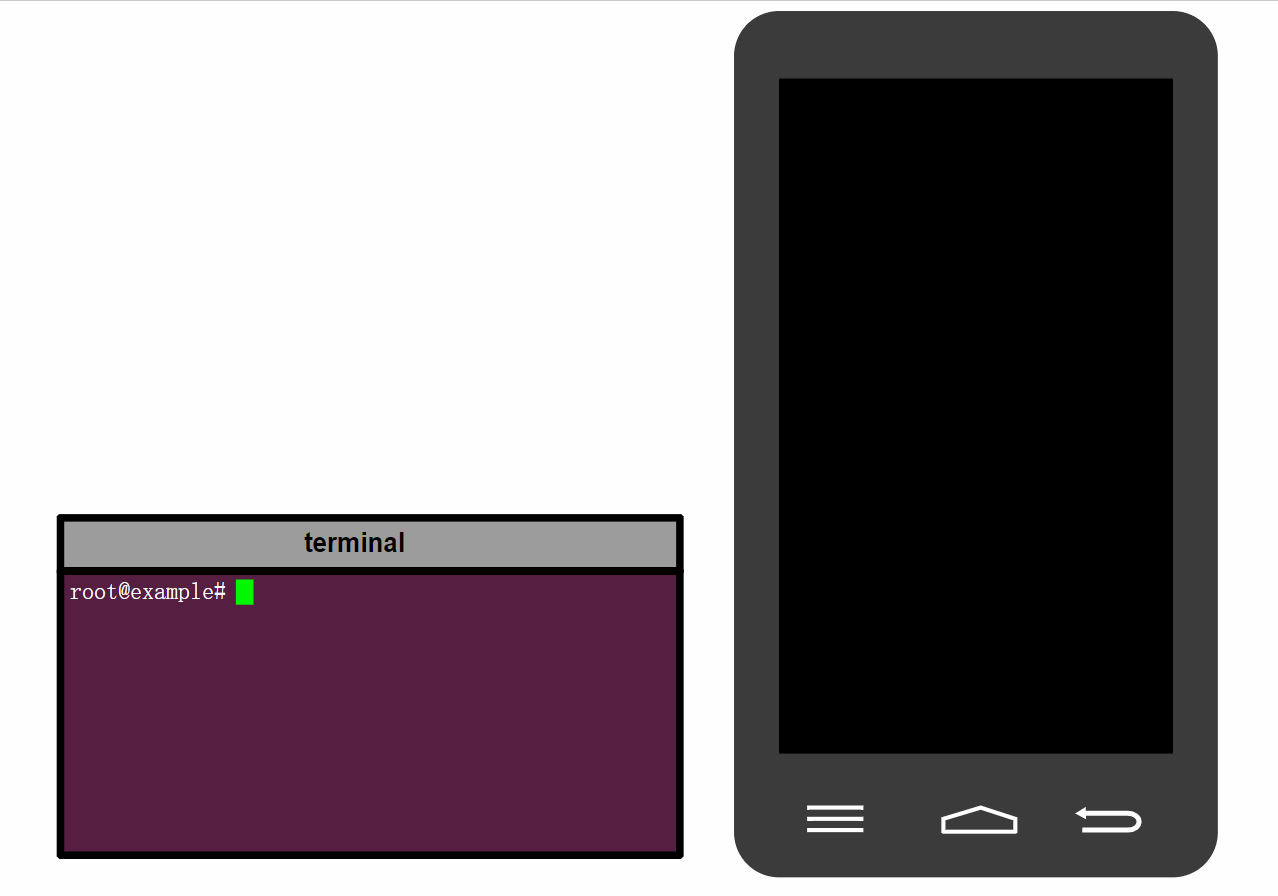最簡單的DRM應用程式 (single-buffer)
阿新 • • 發佈:2018-12-22
在上一篇DRM (Direct Rendering Manager) 學習簡介 中,我們學習了DRM的基本概念以及基本組成元素。從本篇開始,我將以示例程式碼的形式,給大家分享學習DRM驅動開發的整個學習過程。
在學習DRM驅動之前,應該首先了解如何使用DRM驅動。以下使用虛擬碼的方式,簡單介紹如何編寫一個最簡單的DRM應用程式。
虛擬碼:
int main(int argc, char **argv)
{
/* open the drm device */
open("/dev/dri/card0");
/* get crtc/encoder/connector id */
drmModeGetResources 當執行完mmap之後,我們就可以直接在應用層對framebuffer進行繪圖操作了。
詳細參考程式碼如下:
modeset-single-buffer.c
#define _GNU_SOURCE
#include <errno.h>
#include <fcntl.h>
#include <stdbool.h>
#include <stdint.h>
#include <stdio.h>
#include <stdlib.h> 上面程式碼有一個關鍵的函式,它就是drmModeSetCrtc(),該函式需要crtc_id、connector_id、fb_id、drm_mode 這幾個引數。可以看到,幾乎所有的程式碼都是為了該函式能夠順利傳參而編寫的:
為了獲取 crtc_id 和 connector_id,需要呼叫
drmModeGetResources()
為了獲取 fb_id,需要呼叫drmModeAddFB()
為了獲取 drm_mode,需要呼叫drmModeGetConnector
通過呼叫drmModeSetCrtc(),整個底層顯示pipeline硬體就都初始化好了,並且還在螢幕上顯示出了FB的內容,非常簡單。
以上程式碼其實是基於kernel DRM maintainer David Herrmann 所寫的drm-howto/modeset.c 檔案修改的,需要注意的是,以上參考程式碼刪除了許多異常錯誤處理,且只有在以下條件都滿足時,才能正常執行:
- DRM驅動支援MODESET;
- DRM驅動支援dumb-buffer(即連續實體記憶體);
- DRM驅動至少支援1個CRTC,1個Encoder,1個Connector;
- DRM驅動的Connector至少包含1個有效的drm_display_mode。
執行結果:(模擬效果)

描述:程式執行後,顯示全屏白色,等待使用者輸入按鍵;當用戶按下任意按鍵後,程式退出,顯示黑屏。
